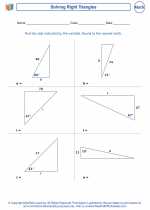Surveys and Questionnaires
A survey is a method of gathering information from a sample of people in order to gain insight into the opinions, behaviors, or characteristics of a larger population. Surveys are commonly conducted using questionnaires, which are a set of questions designed to collect data from individuals.
Types of Surveys
There are several types of surveys, including:
- Face-to-Face Surveys: Conducted in person, where an interviewer asks the survey questions directly to the respondents.
- Telephone Surveys: Questions are asked over the phone to gather responses from individuals.
- Online Surveys: Questionnaires are distributed and completed electronically through web-based forms or email.
Components of a Questionnaire
A questionnaire typically consists of the following components:
- Introduction: Provides an overview of the survey's purpose and reassures respondents about the confidentiality of their answers.
- Questions: These are the core of the questionnaire and are designed to gather specific information from the respondents.
- Response options: Provide choices for respondents to select from, such as multiple-choice options, scales (e.g., Likert scales), or open-ended text fields.
- Conclusion: Includes a thank-you message and any necessary information about what will be done with the survey responses.
Designing Effective Surveys
To create an effective survey, consider the following tips:
- Clarity: Ensure that questions are clear and easily understood by respondents.
- Relevance: Ask questions that are pertinent to the survey's objectives and avoid including unnecessary or unrelated questions.
- Order: Organize questions in a logical sequence to maintain the flow of the survey.
- Length: Keep the survey concise to prevent respondent fatigue and increase completion rates.
Analyzing Survey Data
Once the survey responses are collected, the data can be analyzed using statistical methods to identify trends, patterns, and insights. Common tools for analysis include frequency distributions, percentages, and measures of central tendency.
Study Guide
Here are some key points to remember when studying surveys and questionnaires:
- Understand the purpose of surveys and how they are used to gather data.
- Recognize the different types of surveys, such as face-to-face, telephone, and online surveys.
- Be familiar with the components of a questionnaire, including the introduction, questions, response options, and conclusion.
- Learn how to design effective surveys by considering clarity, relevance, order, and length of the questionnaire.
- Understand the process of analyzing survey data and the tools used for data analysis.
By understanding these concepts, you will be well-prepared to create and analyze surveys effectively.
.◂Math Worksheets and Study Guides Seventh Grade. The Pythagorean Theorem
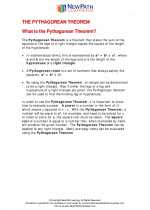
 Study Guide
Study Guide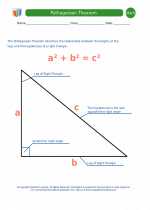
 Worksheet/Answer key
Worksheet/Answer key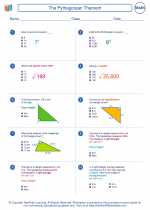
 Worksheet/Answer key
Worksheet/Answer key
 Worksheet/Answer key
Worksheet/Answer key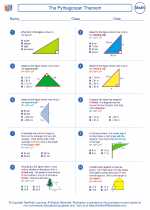
 Worksheet/Answer key
Worksheet/Answer key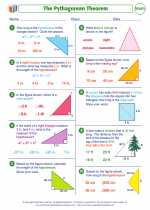
 Worksheet/Answer key
Worksheet/Answer key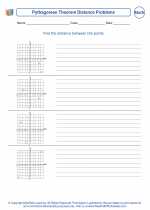
 Worksheet/Answer key
Worksheet/Answer key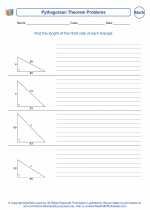
 Worksheet/Answer key
Worksheet/Answer key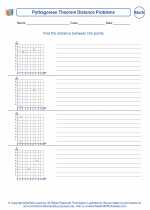
 Worksheet/Answer key
Worksheet/Answer key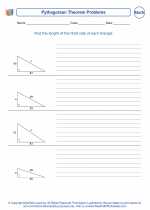
 Worksheet/Answer key
Worksheet/Answer key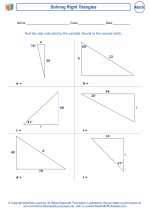
 Worksheet/Answer key
Worksheet/Answer key